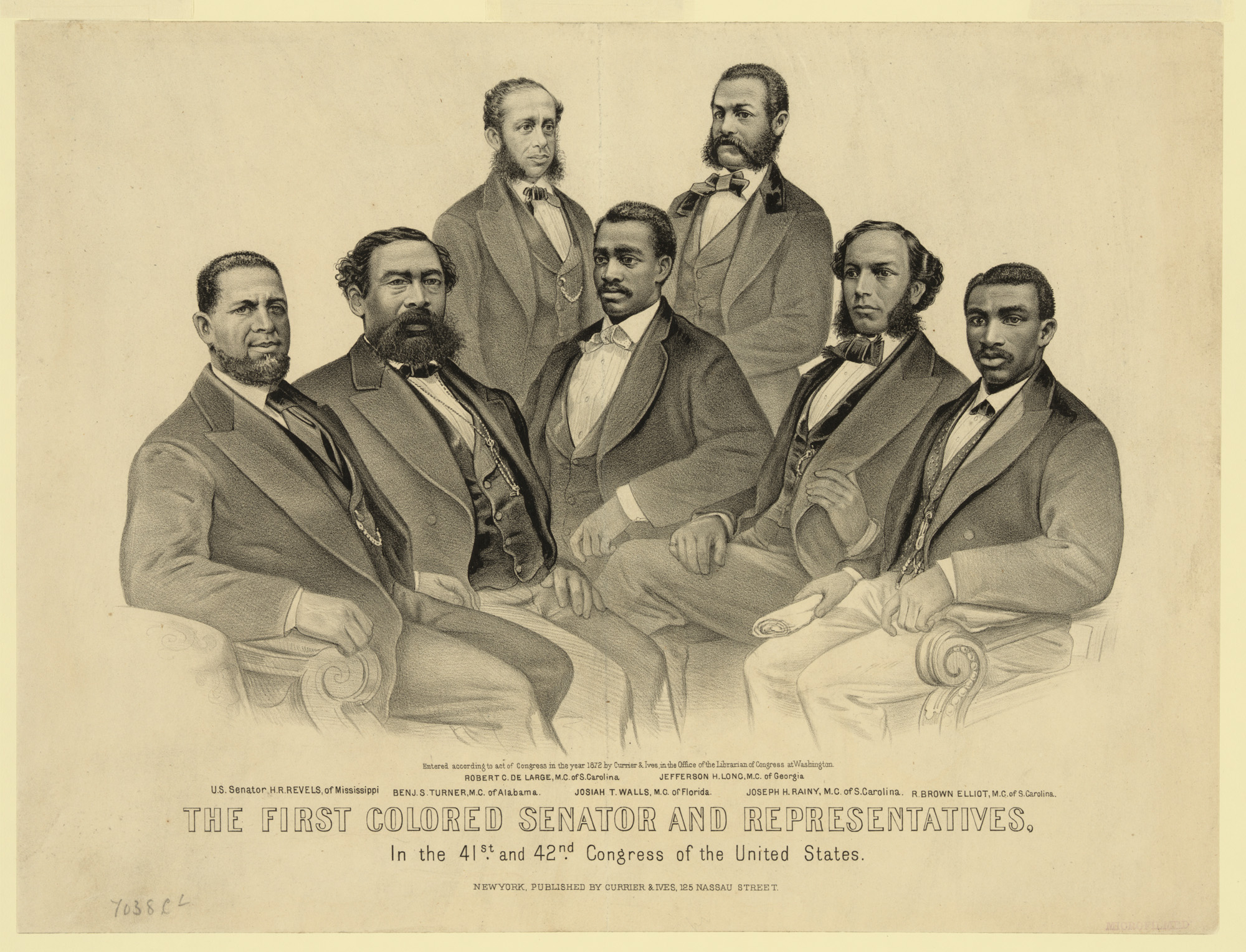Report on Human Rights and Access to Justice in Afghanistan: A Sustainable Development Goals Perspective
Executive Summary
A United Nations report by the independent investigator on human rights in Afghanistan, Richard Bennett, concludes that the Taliban’s systematic oppression of women and girls through the manipulation of the legal system constitutes “crimes against humanity.” The actions of the de facto authorities represent a profound regression on multiple Sustainable Development Goals (SDGs), particularly SDG 5 (Gender Equality), SDG 16 (Peace, Justice and Strong Institutions), SDG 4 (Quality Education), and SDG 8 (Decent Work and Economic Growth). This report outlines the key findings, highlighting the severe impact on the rights of women and girls and the complete erosion of institutional frameworks necessary for sustainable development.
Dismantling of the Justice System: A Violation of SDG 16
The Taliban’s takeover has resulted in the systematic dismantling of the formal justice system, directly contravening the principles of SDG 16: Peace, Justice and Strong Institutions, which calls for promoting the rule of law and ensuring equal access to justice for all.
- Suspension of Legal Frameworks: The 2004 constitution and laws protecting women’s rights, including legislation criminalizing gender-based violence, have been suspended.
- Purge of Judiciary and Law Enforcement: The regime has dismissed all judges from the previous government, including approximately 270 women, replacing them with men who often lack formal legal training.
- Lack of Impartial Institutions: Law enforcement and investigative agencies are now under the full control of the Taliban, staffed by individuals loyal to their ideology, eliminating any prospect of impartial justice.
- Erosion of Child Protection: Key institutions protecting children’s rights, such as juvenile courts and rehabilitation centers, have been dismantled, undermining access to justice for minors.
Systematic Gender-Based Discrimination: A Reversal of SDG 5
The policies enacted by the Taliban constitute a direct assault on SDG 5: Gender Equality. The goal of ending all forms of discrimination and violence against women and girls, and ensuring their full participation in public life, has been completely reversed.
Key Violations of SDG 5 Targets:
- Elimination of Legal Recourse: With no female judges, prosecutors, or officially registered lawyers, women and girls lack safe and effective channels to report abuse or seek legal redress. This results in widespread underreporting of violence.
- Barriers to Access: The requirement for a male guardian (mahram) to accompany women in public creates significant barriers to filing complaints or attending court, disproportionately affecting widows and female heads of households.
- Hostile Judicial Environment: Courts are reported to be hostile towards women, often rejecting complaints related to divorce, child custody, and gender-based violence.
- Exclusion from Public Life: Women are prohibited from many public spaces and leadership roles, violating the target of ensuring women’s full and effective participation and equal opportunities for leadership.
Denial of Education and Economic Opportunity: Contravening SDGs 4 & 8
The regime’s edicts have crippled the potential for social and economic development by targeting the fundamental rights to education and work, in direct opposition to SDG 4 and SDG 8.
- SDG 4 (Quality Education): The ban on education for girls beyond the sixth grade denies an entire generation access to inclusive and equitable quality education, a cornerstone of sustainable development.
- SDG 8 (Decent Work and Economic Growth): Prohibiting most forms of employment for women removes a significant portion of the workforce, undermining the goal of achieving full, productive employment and decent work for all.
Pathways to Accountability and International Justice
Given the collapse of domestic justice mechanisms, the report emphasizes the critical role of the international community in seeking accountability and upholding the global commitment to the SDGs.
- International Criminal Court (ICC): Support is noted for the ICC’s efforts, including its request for arrest warrants for senior Taliban leaders accused of crimes against humanity based on gender persecution.
- International Court of Justice (ICJ): The report urges all countries to support initiatives to bring Afghanistan before the ICJ for violating the Convention on the Elimination of All Forms of Discrimination against Women (CEDAW).
SDGs Addressed in the Article
- SDG 5: Gender Equality – The article’s central theme is the systematic oppression and discrimination against women and girls in Afghanistan, which directly relates to achieving gender equality.
- SDG 16: Peace, Justice, and Strong Institutions – The text extensively discusses the dismantling of the legal and judicial system, the lack of access to justice for women, and the weaponization of law, all of which are core issues for this goal.
- SDG 4: Quality Education – The article explicitly mentions the ban on education for women and girls beyond the sixth grade, a clear violation of the right to quality education.
- SDG 8: Decent Work and Economic Growth – The prohibition of most forms of employment for women is highlighted, connecting the issues to economic rights and participation in the workforce.
Specific Targets Identified
-
SDG 5: Gender Equality
- Target 5.1: End all forms of discrimination against all women and girls everywhere.
The article describes a system where the Taliban’s edicts and the new judicial system have “weaponized” the law to systematically oppress and discriminate against women, stripping them of their rights. - Target 5.2: Eliminate all forms of violence against all women and girls.
The article notes the suspension of a landmark law that “criminalized 22 forms of violence against women, including rape and child and forced marriage,” leading to underreporting of violence. - Target 5.5: Ensure women’s full and effective participation and equal opportunities for leadership in political, economic and public life.
The report states there are “no women judges or prosecutors and no officially registered female lawyers,” and women are banned from public spaces like parks and gyms, demonstrating a complete lack of participation and opportunity.
- Target 5.1: End all forms of discrimination against all women and girls everywhere.
-
SDG 16: Peace, Justice, and Strong Institutions
- Target 16.3: Promote the rule of law at the national and international levels and ensure equal access to justice for all.
The article details how the Taliban dismissed all previous judges, replacing them with untrained men, and created a hostile court environment where “courts often reject complaints made by women,” effectively denying them access to justice. - Target 16.6: Develop effective, accountable and transparent institutions at all levels.
The text describes the “dismantling of key legal safeguards and institutions” and the replacement of experienced judges and officials with loyalists who “lack legal training,” indicating a move away from effective and accountable institutions. - Target 16.7: Ensure responsive, inclusive, participatory and representative decision-making at all levels.
The removal of all women from the judiciary and the requirement for women to be accompanied by a male relative to file complaints shows that the decision-making and justice systems are non-inclusive and non-representative.
- Target 16.3: Promote the rule of law at the national and international levels and ensure equal access to justice for all.
-
SDG 4: Quality Education
- Target 4.5: Eliminate gender disparities in education and ensure equal access to all levels of education.
The article explicitly states that Taliban leaders have “barred education for women and girls beyond sixth grade,” creating an absolute gender disparity in access to secondary and higher education.
- Target 4.5: Eliminate gender disparities in education and ensure equal access to all levels of education.
-
SDG 8: Decent Work and Economic Growth
- Target 8.5: Achieve full and productive employment and decent work for all women and men.
The report mentions that the Taliban have “banned most employment” for women, directly preventing their participation in the workforce and denying them productive employment.
- Target 8.5: Achieve full and productive employment and decent work for all women and men.
Indicators for Measuring Progress
-
SDG 5: Gender Equality
- Indicator (Implied for Target 5.1/5.2): Existence of a legal framework to promote, enforce and monitor equality and non-discrimination on the basis of sex.
The article provides a negative indicator by stating that the Taliban “suspended the 2004 constitution and laws protecting the rights of women and girls,” including a law against gender-based violence. Reinstating such laws would be a measure of progress. - Indicator (Implied for Target 5.5): Proportion of women in managerial positions and in the judiciary.
The article provides a clear baseline figure: “Today, there are no women judges or prosecutors.” Any increase from zero would indicate progress.
- Indicator (Implied for Target 5.1/5.2): Existence of a legal framework to promote, enforce and monitor equality and non-discrimination on the basis of sex.
-
SDG 16: Peace, Justice, and Strong Institutions
- Indicator (Implied for Target 16.3): Proportion of the population who have experienced a dispute and accessed a formal or informal dispute resolution mechanism.
The article implies a very low rate for women accessing formal justice, noting they face a “hostile environment” and are forced to turn to “informal justice mechanisms” that are male-dominated and raise “serious concerns about the rights of women.” - Indicator (Implied for Target 16.7): Proportion of positions in public institutions (including the judiciary) held by women.
The article indicates this is zero, as approximately “270 women” judges were dismissed and replaced by men, and there are “no officially registered female lawyers.”
- Indicator (Implied for Target 16.3): Proportion of the population who have experienced a dispute and accessed a formal or informal dispute resolution mechanism.
-
SDG 4: Quality Education
- Indicator (Implied for Target 4.5): Parity indices (female/male) for education completion rates.
The article implies a parity index of zero for education beyond the sixth grade, as it is “barred for women and girls.” The enrollment and completion rates for girls in secondary and tertiary education serve as a direct indicator.
- Indicator (Implied for Target 4.5): Parity indices (female/male) for education completion rates.
-
SDG 8: Decent Work and Economic Growth
- Indicator (Implied for Target 8.5): Unemployment rate, by sex.
The article’s statement that the Taliban “banned most employment” for women implies a near-total unemployment rate for them, which can be used as a baseline indicator.
- Indicator (Implied for Target 8.5): Unemployment rate, by sex.
Summary of SDGs, Targets, and Indicators
| SDGs | Targets | Indicators (Mentioned or Implied in the Article) |
|---|---|---|
| SDG 5: Gender Equality | 5.1: End all forms of discrimination against women and girls. | Status of legal frameworks protecting women (The article notes the suspension of the 2004 constitution and laws criminalizing violence against women). |
| 5.2: Eliminate all forms of violence against women and girls. | ||
| 5.5: Ensure women’s full and effective participation and equal opportunities for leadership. | Proportion of women in judicial and legal professions (The article states this is zero). | |
| SDG 16: Peace, Justice, and Strong Institutions | 16.3: Promote the rule of law and ensure equal access to justice for all. | Rate of women’s access to formal justice systems (The article implies this is extremely low due to a “hostile environment”). |
| 16.6: Develop effective, accountable and transparent institutions. | Presence of trained and qualified judicial staff (The article notes judges were replaced by men who “lack legal training”). | |
| 16.7: Ensure responsive, inclusive, and representative decision-making. | Proportion of women in public institutions (The article states 270 women judges were dismissed, indicating a move to zero representation). | |
| SDG 4: Quality Education | 4.5: Eliminate gender disparities in education and ensure equal access. | Enrollment and completion rates for girls in education beyond the sixth grade (The article states this is zero due to the ban). |
| SDG 8: Decent Work and Economic Growth | 8.5: Achieve full and productive employment and decent work for all. | Unemployment rate for women (The article implies this is near 100% as “most employment” is banned). |
Source: nbcnews.com







